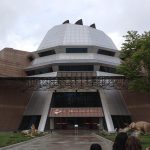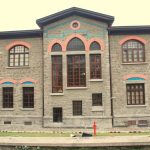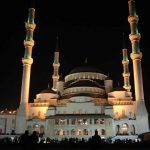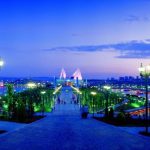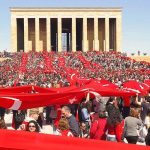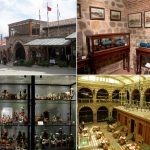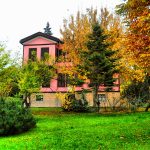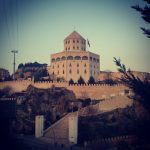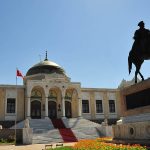The Treasures of Gordion (Ankara) Turkey – Chapter 2,
In 1950 larger scale excavations conducted by Pennsylvania University and Ankara Archaeological Museum began, and after 14 years of continuous work it was established that the city of Gordion had been founded in the second half of the third millennium BC, that it had been inhabited by a series of different peoples before the Phrygians, and that the Phrygians had made the city their capital, surrounded it with walls and built palaces and temples. Findings of value were taken to Ankara Archaeological Museum. Each of the tumuli to the east of the Gordion mound was a depot of antiquities. When they died, ‘Kings, members of the royal family and men of the state were placed on a bench in a grave room built of wood or stone, valuable objects placed in the room with them as death gifts, then the doors were fitted and the room covered with a mound of soil. The biggest tumulus in Gordion is 53 meters high and 300 meters wide, and the archaeological team decided to open this huge tumulus. First electronic equipment was used to determine the position of the grave room, the 80-meter long tunnel was dug from the west side of the tumulus. This 5×6 m. the grave room made of cedar wood had triangular pediments and no door. The archaeologists were nervous and excited. At any moment the tunnel could cave in, risking the lives of those working in the tunnel. First, they strengthened the tunnel with wood and stones. The 50 meters of earth on top of the grave room was temporarily supported with an iron and concrete roof.
It only remained to open the grave room. By cutting the thick wood of the roof, a small door just big enough for a man to enter was made, and light and clean air brought inside.
You can continue to find more details for The Treasures of Gordian (Ankara) Turkey in chapter 3.



















































































































